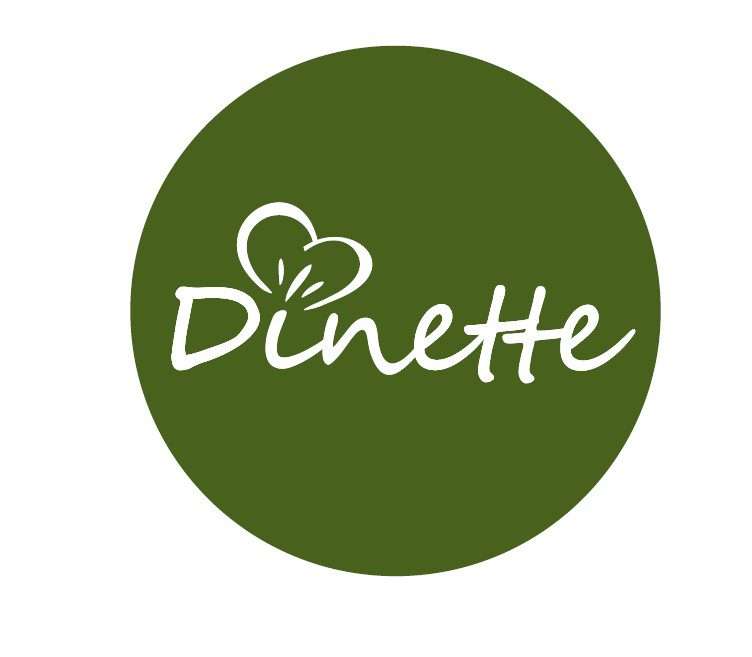Guide to infant weaning – What to give and when

· The World Health Organisation (W.H.O.) recommends that we should start introducing solid foods when babies are around 6 months old.
· Introduce only one new food at each time and wait for 4-5 days for introducing the next new food (for identifying food allergies).
· Do not add any salt, honey or sugar in infant’s food.
Foods to be introduced
0-5 months:Preferably breastfeeding (or 1st stage formula milk).
5 ½ – 6 months: Begin with rice cereal (made with infant milk) (initially only 1-2 teaspoons).
O Initially introduce in only one meal of the day (i.e. in the morning or lunch).
O After 12-15 days gradually add vegetables. Vegetables should be steamed or boiled and mashed as a smooth puree (without pieces). Start potato and carrot puree and after 4-5 days add courgette. Later on you can add onion, celery, leeks, peas, green beans etc. In about 10 days start adding 1 teaspoon of olive oil and a little lemon juice in the vegetable puree.
O After 10-15 days of giving vegetables you can start introducing fruits. Soft fruits like bananas can be just mashed with a fork while harder fruits should be mashed to the texture of thick soup. Good fruits to start with are apple, banana, pear, peach, prune, avocado (allowing 4-5 days between each new fruit). Later you can give a wider variety like seasonal fruits and combinations of various fruits. You can also give fruit purees that can be found in the market or fruit cream (gluten free). Grapes: remove the skin and blend it with other fruits. Avoid strawberries until baby is 1 year old and citrus fruits until the 9th month.
O Juice: only 50 ml a day (always in a cup – not in a bottle). It is best to dilute it with water.
After the first feedings and if no allergic reactions are observed you can mix the rice cereal with banana (or pear) for breakfast or potato with carrot and spinach as a meal.
6.5 – 7 months: Gradually increase the amounts given according to the baby’s hunger (around 2-3 tablespoons).
Add: Red meat preferably veal or beef blended in the vegetable puree.
* During the 7th month change the formula milk to 2nd stage.
7 months: Add:
· Chicken, turkey, lean pork (remove all visible fats).
· Egg yolk (egg white can only be given after the 1st year) (Hard boil the egg and carefully separate the egg yolk – blend in the milk or in the vegetables – initially ½-1 teaspoon)
8 months: a Mash foods at a lumpier consistency. Food can include small, soft pieces that the baby can chew.
Add:
· Small amounts of legumes i.e. lentils, beans (1-2 tablespoons mashed in the vegetable puree)
· Infant cereal with biscuit
· Farine Lactee (? 3-4 / week) (substituting the rice cereal)
· Plain full-fat yogurt (Live)
· Baby cereals (no added sugar), Weetabix, soft wholemeal bread, cracker (not salty)
· Plain rice or ricecakes, porridge, pasta and noodles
For more balanced and complete meals, combine:
Protein + Carbohydrates + Vegetables (* foods from all 3 food groups)
Examples: veal + potato + carrot (or chicken + rice + broccoli)
* Encourage your child to eat on its own using their hands. This will help the development of new skills such as movement co-ordination etc.
9 months:Meal pattern: Breakfast + 2 meals + 2 snacks + 2-3 milk feedings (breastfeeding or bottle-feeding).
Add: fish fillet, cheese i.e. soft triangles
12 + months (change to 3rd stage milk):
Give your child the same food as the rest of the family chopped in small pieces. Food that demands chewing helps in children’s development (i.e. speech). As chewing increases you can reduce the amounts of puree foods. At this age you can also introduce citrus fruits and their juices.
Add :
· Cow’s milk (small amounts in cereals)
· Well-cooked whole egg (egg white is a common allergen)
· Nuts, seeds (i.e. sunflower or pumpkin seeds) (only grinded up to 5 years of age).
After the 1st year:
u Offer fluids only from a cup.
u Now that the baby eats the same meals with the rest of the family, the family’s nutrition should be balanced, with no added salt or sugar, low in animal fats, rich in fruit and vegetables and offer a wide variety of foods.
Beextracareful with foods that can cause choking:
1. raw vegetables and some fruits (i.e. raw carrots and pieces of apples)
2. dried fruits (i.e. raisins)
3. pop-corn, nuts and seeds (i.e. pumpkin seeds)
4. hard pieces of meat (i.e. hot dog, sausage)
5. hard candies
· Do not leave children eat while running around, lying or playing.
· Children must always be seated when eating.
· An adult must always supervise children while eating.
· Do not allow children to eat while you drive as you will not be able to help in case of choking.
General advice:
1. Food safety: all foods should be well-cooked. Chicken or meat should not have any rink / red parts (indication that it is not cooked well enough).
2. Ready baby food found in the market: one jar at a time. If you will use the same jar for a second time then take out the amount you intent to give in a separate plate. Enzymes in baby’s saliva (from the spoon) can destroy the remaining food.
3. It is best to heat baby’s food with the method of ben-mari (put the jar in a pot with hot water). Be very careful if you use the microwave as it does not heat homogenously and it can cause burns.
4. Honey is dangerous if given before the age of 2 as it may contain the bacterium Clostridium botulium. Avoid all foods with honey.
5. Children of atopic families (with history of food allergies) should avoid nuts especially peanuts (even if grinded) until the age of 2-3 years old.
6. Until the age of 2 all children should drink full fat milk.
7. Do not let the child lie in bed with a bottle in the mouth as this habit causes tooth decay.
http://www.iliaktida.eu/







